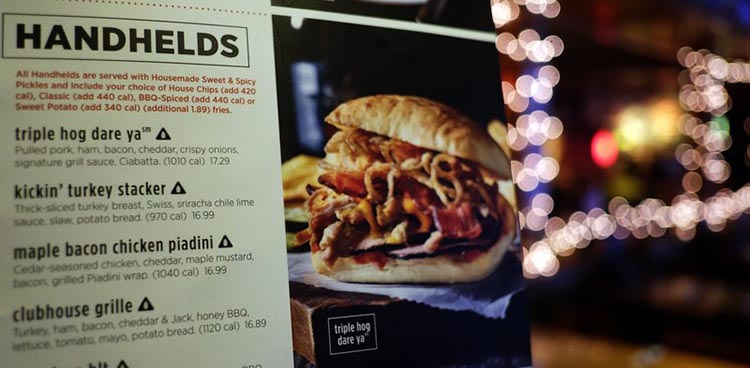
In this blog series, registered dietitian Marissa Donovan gives you the scoop on the latest nutrition science surrounding cheese. From the farm to the store and to your kitchen, she’s got you covered on what you need to know about cheese and your health. Check out previous posts on lactose intolerance, navigating the milk aisle, how much cheese is too much, cheese and diabetes, vegan cheese, and “natural” labeling. Read on to learn more!
We’ve been talking a lot about food labels and regulations in this blog series. This week’s post is in a similar vein, but now the subject of focus is sodium. Sodium is the nutrient component of salt, necessary for fluid balance, muscle contractions, and other functions in the body. Sodium is used by food makers to add flavor and also act as a preservative in certain items. However, excessive sodium intake has been tied to high blood pressure, increased risk of heart disease, and stroke.
Cheese is usually a heavy hitter with regard to sodium levels. The Dietary Guidelines for Americans recommends that Americans limit daily intake of sodium to less than 2,300 milligrams (mg), or about 1 teaspoon of salt, each day. This limit drops to 1,500 mg per day in certain at-risk populations, including those with high blood pressure, diabetes, and kidney disease, people over 51, and African Americans.
To break it down, one serving of cheddar cheese, for instance, is 1 ounce and 185 mg of sodium, which is not unreasonable—but oftentimes we are eating much more than one serving. Also, not all cheese is created equal. Cottage cheese, for example, packs in 500 mg of sodium in a single serving of 4 ounces. This is not to say that we can’t eat cheese, of course—we simply should be aware of what is in our cheese, including sodium, and how it affects us.
To achieve precisely this but on a larder scale (with all food, not just cheese), in September of this year the New York City Board of Health unanimously voted to require chain restaurants (with 15 or more locations) to post warnings on menu items that exceed daily sodium recommendations. “High sodium intake is dangerous,” the Health Department said in a statement, according to Bloomberg Politics. This policy rolled out December 1, 2015, and calls for any dish with over 2,300 mg of sodium to be labeled with an icon of a salt shaker in a triangle.

Photo Credit: NYC Dept of Health and Mental Hygiene
It is important to note that this policy does not limit how much salt can be in food nor does it restrict a customer’s choice. What it does do is urge restaurants to consider lower sodium menu items and shift consumers toward better choices, which is the intent. “Most people would never pour a whole teaspoon of salt on any single dish, so shouldn’t people be warned when restaurants are secretly doing that for them?” says the Center for Science in the Public Interest (CSPI).
One in three Americans has high blood pressure, and high blood pressure contributes to around 1,000 deaths daily,according to the Centers for Disease Control and Prevention. A reported 80% of adults in new York City have sodium intake above the recommended limit—and what’s more, most people don’t realize how much sodium is in restaurant food, especially food that doesn’t immediately bring to mind a small mountain of salt. And to top it all off, many don’t understand the tie between a high sodium diet and increased risk of health complications, like high blood pressure. Through this initiative, the hope is that consumers will become more aware not only of sodium in their food but also of the overall impact it has on their health.
This icon is simple and easy to understand, and the Health Department is confident it will help lead NYC eaters to make the right choices for their health. There is hope that, if successful, this initiative will spread to restaurants across the country, as New York has been a leader in many progressive health policies like eliminating artificial trans fats and requiring calorie labeling on menus.
Feature Photo Credit: NPR: Jewel Samad/AFP/Getty Images



